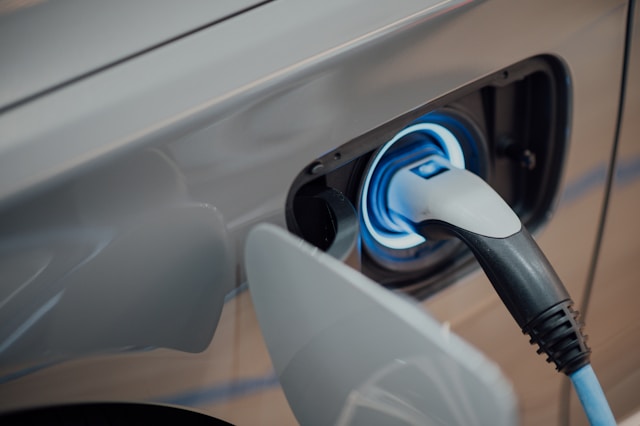


"I drive an EV because I'm poor," says Lu Yunfeng, a private hire driver at a charging station near Guangzhou. His sentiment is echoed by another EV user, Sun Jingguo: "Petrol is too expensive, so I save money with an electric vehicle—and it protects the environment too."
In China, EVs are no longer a luxury—they’re a necessity. Almost half of all cars sold last year were electric.
China’s government treated EVs as a strategic industry—not just a fad. Beginning in the early 2000s, EV production was woven into its five-year plans, and it became deeply subsidized throughout the 2010s. From 2009 to 2023, the government invested approximately US $231 billion in boosting the national EV ecosystem.
This top-down approach brought together:
Michael Dunne, an auto analyst, aptly observes:
“When it comes to EVs, China is 10 years ahead and 10 times better than any other country.”
China’s domestic market fuels this EV boom—with over 11 million EVs sold annually, more than half of the global total Chinese EV brands dominate the top market share slots.
In China’s domestic market, BYD controls over 30% of EV sales, compared to Tesla's roughly 6% .
XPeng, for instance, even launched its G6 in the UK, while the Dolphin Surf arrives for around $26,100 .
Chinese EV dominance has triggered concern, leading to tariffs from the US, Canada, and EU . Critics argue China’s 'state capitalism' gives unfair advantage.
Security fears have emerged too: former MI6 chief Sir Richard Dearlove warned that Chinese EVs are "computers on wheels" that could be remotely controlled . BYD responded that it uses local data carriers and prioritizes data protection—"10 times better than competitors," according to its EVP Stella Li.
China’s EV model illustrates how state-led planning, deep industrial ecosystems, and affordability can rapidly transform transportation. With global EV sales expected to top 20 million in 2025, China clearly holds the global pole position .
But controversies remain—ranging from trade tensions to national security concerns. Still, for many drivers like Lu and Sun, the ride already feels personal, practical, and here to stay.
Source: BBC reporting with contributions from Al Arabiya